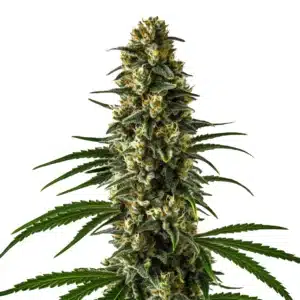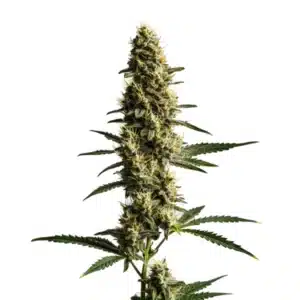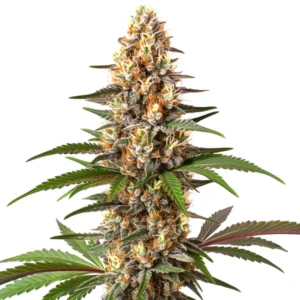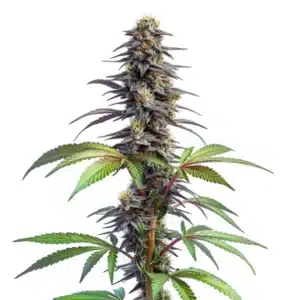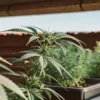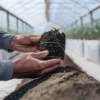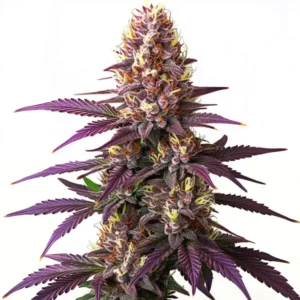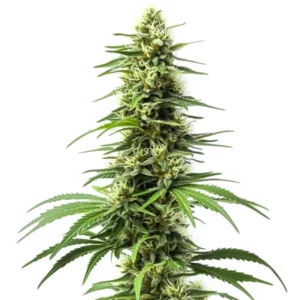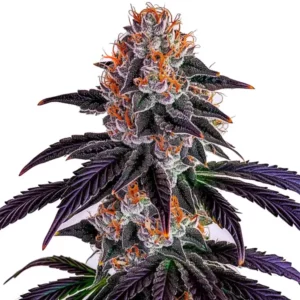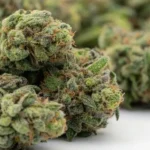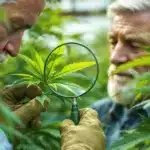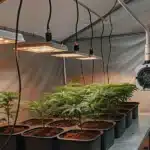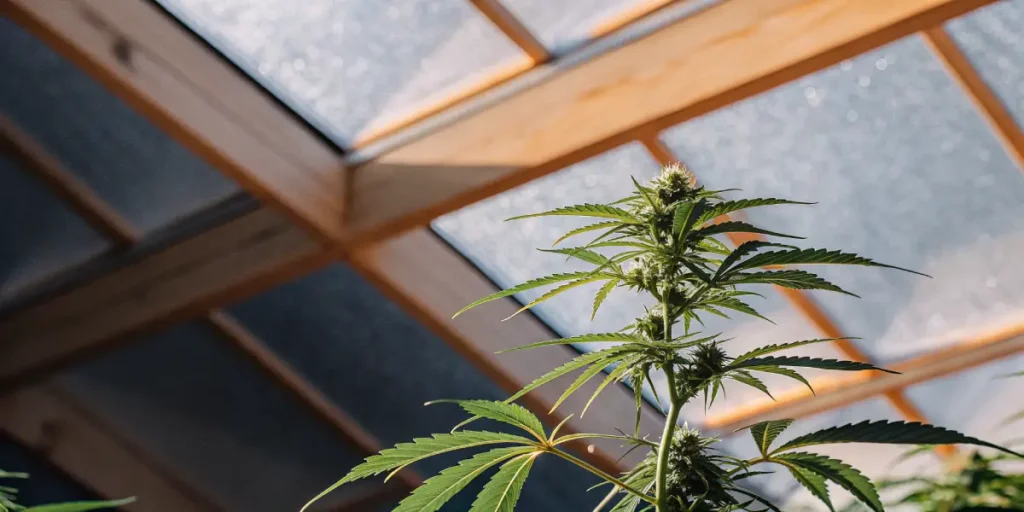
Does Topping Cannabis Increase Yield?
Many growers have asked the question: does topping cannabis increase yield? Topping, which involves cutting the top of the plant to encourage more branches, can indeed have a significant impact on the plant’s productivity. By redirecting the plant’s energy to grow more branches, you give it the chance to develop more bud sites, ultimately increasing your harvest.
It’s essential to understand how topping cannabis plants affects yield. When done correctly, topping can lead to a bushier plant with more colas, the part of the plant where buds are formed. This method not only encourages a higher yield but also helps manage the plant’s height, making it a popular choice for indoor growers who need to keep their plants compact.
Recommended Strains
Girl Scout Cookies
|
|
THC | 18% - 25% (Medium) |
|
|
Type | Feminized |
|
|
Yield | High |
|
|
Phenotype | 60% Indica / 40% Sativa |
GG4
|
|
THC | 27% (High) |
|
|
Type | Feminized |
|
|
Yield | High |
|
|
Phenotype | 40% Indica / 60% Sativa |
Let’s take a look at some strains from Blimburn Seeds that respond well to topping. For instance, the Girl Scout Cookies strain is known for its robust growth and productivity when topped. This strain, with its sweet and earthy aroma, benefits from the increased light exposure and airflow that topping provides.
Benefits of Topping Cannabis for Higher Yield
Topping cannabis can increase light exposure and improve airflow among the branches. This practice can reduce the risk of mold and pests, which thrive in dense, shaded areas. By opening up the plant, you ensure that all parts receive adequate sunlight, which is crucial for photosynthesis and, ultimately, bud development.
Another advantage is the increased number of colas. When you top a plant, it usually divides into two main stems, each of which can develop into a large, productive cola. This means more buds, and consequently, a higher yield. The Gorilla Glue #4 strain, for example, is a fantastic candidate for topping, as it’s naturally vigorous and responds well to training.
Moreover, topping can help create a more uniform canopy, allowing for even light distribution across the plant. This uniformity ensures that all parts of the plant develop evenly, leading to a more consistent and higher quality of buds. Furthermore, the benefits of topping cannabis for higher yield can also include easier maintenance and better pest control, as the open structure allows for easy inspection and treatment.
For growers who seek to maximize their yield without expanding their growing space, topping provides an excellent solution. By effectively managing the plant’s architecture, topping enhances the plant’s ability to produce abundant and high-quality buds. Overall, does topping cannabis increase yield? The evidence suggests that when executed properly, the practice can significantly boost both yield and quality.
Promos & Deals
How Topping Cannabis Plants Affects Yield
Topping cannabis not only changes the structure but also maximizes the plant’s potential. When you remove the top growth, the plant redirects its energy to the lower branches. This energy redistribution encourages the growth of secondary branches, each capable of producing substantial buds.
By increasing the surface area exposed to light, topping ensures that more parts of the plant are involved in photosynthesis. This increased energy production translates directly to growth and yield. The Blue Dream strain is an excellent example of a plant that thrives when topped, producing numerous colas and impressive yields.
Besides, knowing how topping cannabis plants affects yield involves recognizing the importance of timing and technique. Early topping allows for a longer vegetative period, during which the plant can develop a robust structure. This foundation supports more colas and ultimately results in a more substantial harvest.
Furthermore, topping can be part of a broader training strategy that includes methods like LST (Low Stress Training) or ScrOG (Screen of Green). These techniques complement topping by guiding growth and further optimizing light exposure and yield. Together, they demonstrate how topping cannabis plants affects yield in a holistic and effective manner.
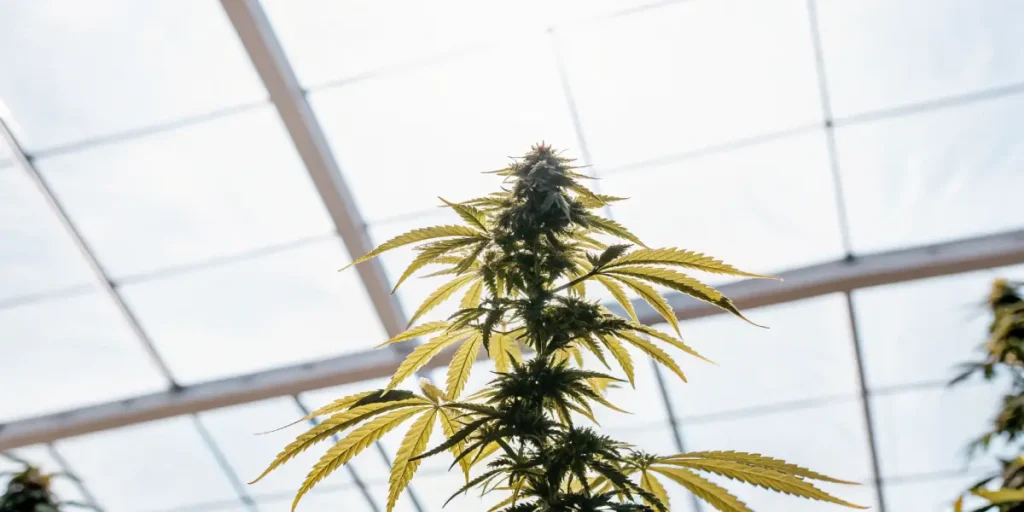
Topping Cannabis Versus Not Topping Yield Comparison
Comparing topping cannabis versus not topping yield can be insightful for growers. Topped plants typically yield more due to the increased number of colas. However, the untopped ones grow taller with a main central cola, which might be beneficial in some growing environments.
Untopped plants may require more vertical space, making them less suitable for indoor grows with limited height. In contrast, topped plants are more manageable and can be trained using methods like the Screen of Green (ScrOG) to maximize the use of available space.
The decision between topping and not topping often comes down to the grower’s specific conditions and goals. For instance, outdoor growers with ample vertical space may prefer untopped plants for their towering main colas. Conversely, indoor growers with height restrictions often favor topping for its space efficiency and yield benefits.
Ultimately, the topping cannabis versus not topping yield comparison highlights that both methods have their advantages. Growers must weigh their priorities, such as maximizing yield or conserving space, to choose the best approach for their needs. Regardless, understanding the benefits and trade-offs of each method is key to achieving the desired outcome.
Best Practices for Topping Cannabis to Increase Yield
Timing is crucial when it comes to topping cannabis. The ideal time is when the plant has developed 4-6 nodes, ensuring it’s strong enough to handle the stress. Make clean cuts just above a node to encourage even growth of new branches.
After topping, monitor the plant’s response. Ensure it receives adequate nutrients and light to support the additional growth. Regularly check for signs of stress or pest infestations, which can be more prevalent in bushy plants.
Another best practice for topping cannabis to increase yield involves understanding your plant’s growth cycle. Topping during the early vegetative stage allows the plant to recover and thrive, setting the stage for a productive flowering phase. Patience and observation are key to determining the optimal timing for your specific strain.
Additionally, maintaining a clean environment and using sanitized tools are imperative to prevent infections post-topping. Providing consistent care and attention ensures that does topping cannabis increase yield becomes a definitive yes, as healthy plants are more resilient and responsive to training techniques.
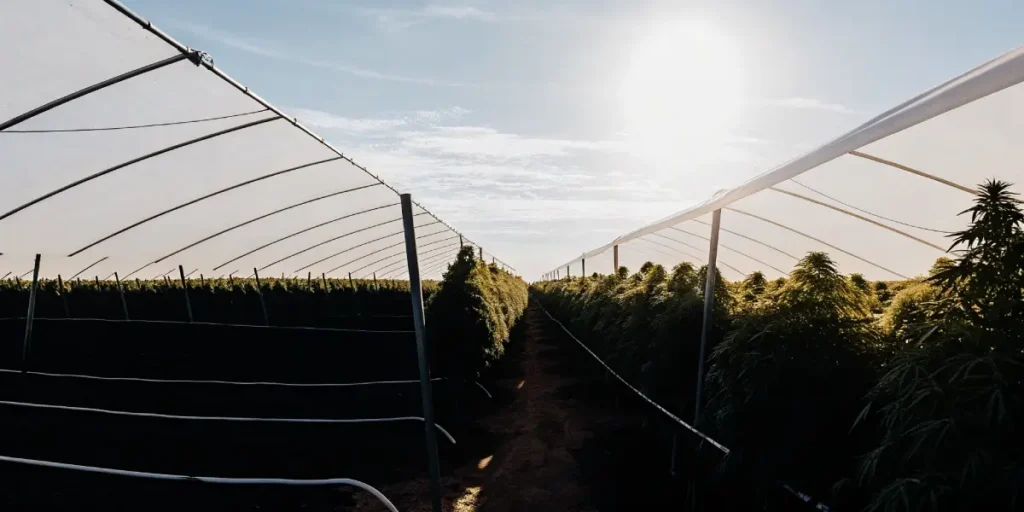
FAQs
What is topping in cannabis cultivation?
Topping is a pruning method used in cannabis cultivation where the grower cuts off the top of the plant, encouraging it to grow more branches. This process helps in creating a bushier plant with more colas, which are the flowering sites where buds form.
This method is particularly useful for managing plant height and increasing yield. By promoting a wider growth pattern, topping allows more light to penetrate the plant, enhancing overall growth and productivity.
Knowing what is topping in cannabis cultivation is crucial for growers aiming to optimize their yields and manage their plant’s growth. This technique, while simple, can be transformative when applied with precision and care, leading to a more bountiful harvest.
For new growers, experimenting with topping provides valuable insights into plant behavior and response. As you gain experience, you’ll develop a tailored approach that aligns with your growing style and objectives, further answering the question: does topping cannabis increase yield?
Does topping cannabis plants improve yield significantly?
Topping can significantly improve yield by increasing the number of colas on a plant. Each cola can develop into a large cluster of buds, effectively multiplying the potential harvest. The process redirects the plant’s energy from a single main cola to multiple sites.
However, topping requires skill and care to avoid stressing the plant. With proper technique and timing, growers can see a noticeable increase in yield, especially with responsive strains like Blue Dream.
For growers questioning does topping cannabis plants improve yield significantly, the answer largely depends on their execution of the technique. Mastery of topping can dramatically enhance yield, particularly when combined with other growth-promoting practices.
Moreover, the ability to create a more controlled and efficient growing environment through topping demonstrates its significance in maximizing productivity. By understanding the underlying principles of plant growth and response, growers can leverage topping to achieve their yield goals.
How does topping cannabis affect plant health?
Topping can temporarily stress the plant, as it involves removing part of the growth. However, if done correctly, the plant typically recovers quickly and benefits from the increased branching and light exposure.
It’s important to use clean, sharp tools to prevent infections, and to top only healthy plants. Providing adequate nutrients and care post-topping ensures the plant remains robust and productive.
In assessing how does topping cannabis affect plant health, it’s crucial to recognize the plant’s resilience. While topping does introduce a momentary shock, the long-term benefits often outweigh the initial stress, as the plant adapts and flourishes.
Furthermore, a well-topped plant often exhibits improved structural integrity and vigor. As it matures, the increased branching and cola development highlight the positive impact topping can have on overall plant health and vitality.
Are there cannabis strains that shouldn’t be topped?
While most cannabis strains can benefit from topping, some may not respond as well, particularly auto-flowering strains. These strains have a short life cycle, and the recovery time post-topping might not be sufficient for them to benefit from the process.
Photoperiod strains, like Gorilla Glue #4, are generally more suitable for topping due to their longer vegetative stage, allowing ample time for recovery and growth.
Knowing which cannabis strains should and shouldn’t be topped is essential for achieving optimal results. Some strains naturally excel with minimal intervention, while others thrive under more intensive training methods like topping.
Growers should thoroughly research their chosen strain’s characteristics and growth patterns before deciding on topping. By doing so, they can tailor their approach to maximize the plant’s potential and effectively answer whether does topping cannabis increase yield in their specific context.
How often should you top a cannabis plant?
The frequency of topping depends on the strain and the grower’s goals. Some growers top their plants multiple times to create a very bushy plant with numerous colas. However, it’s crucial to allow the plant to recover between toppings.
Most growers top once or twice during the vegetative stage to maximize yield without excessively stressing the plant. Observing how the plant responds to each topping can guide how frequently to repeat the process.
Determining how often to top a cannabis plant involves a balance between maximizing yield and maintaining plant health. Frequent topping can lead to higher stress levels, so careful monitoring and adjustment are necessary to ensure plant vitality.
Ultimately, the decision on topping frequency is influenced by the grower’s experience, strain characteristics, and cultivation goals. By observing and adapting to the plant’s needs, growers can refine their topping strategy to consistently achieve high yields.


